Inside The New York Botanical Garden
Plant Talk
Posted in Window Garden Wednesday on April 6 2011, by Plant Talk
Ed. note: Here at the Garden, we are surrounded by plants and knowledgeable plant people, which means that even the average Garden employee/cubicle dweller tends to soak up a lot of information about how to best care for our plants. To many at the Garden, this immersion, combined with a nascent love of plants plus easy access information has driven us to practice what we preach in the form of tending a windowsill garden.  On occasional Wednesdays, we’ll introduce you to some of the Garden’s many windowsill gardeners. We hope you enjoy this look at what our window gardeners grow.
On occasional Wednesdays, we’ll introduce you to some of the Garden’s many windowsill gardeners. We hope you enjoy this look at what our window gardeners grow.
Who are you and what do you do at the Garden?
My name is Douglas Daly and I run one of the departments in the Science Division here called the Institute of Systematic Botany. I am also responsible for the aspects of our research programs that relate to the flora of the Amazon region.
What kind of plants do you have in your windowsill garden?
Any plants that are going to make it in my windows have to be tough and irrepressible, that is, they have to want to grow there, because I’m not going to pamper them. Here they get bread and water, minus the bread …
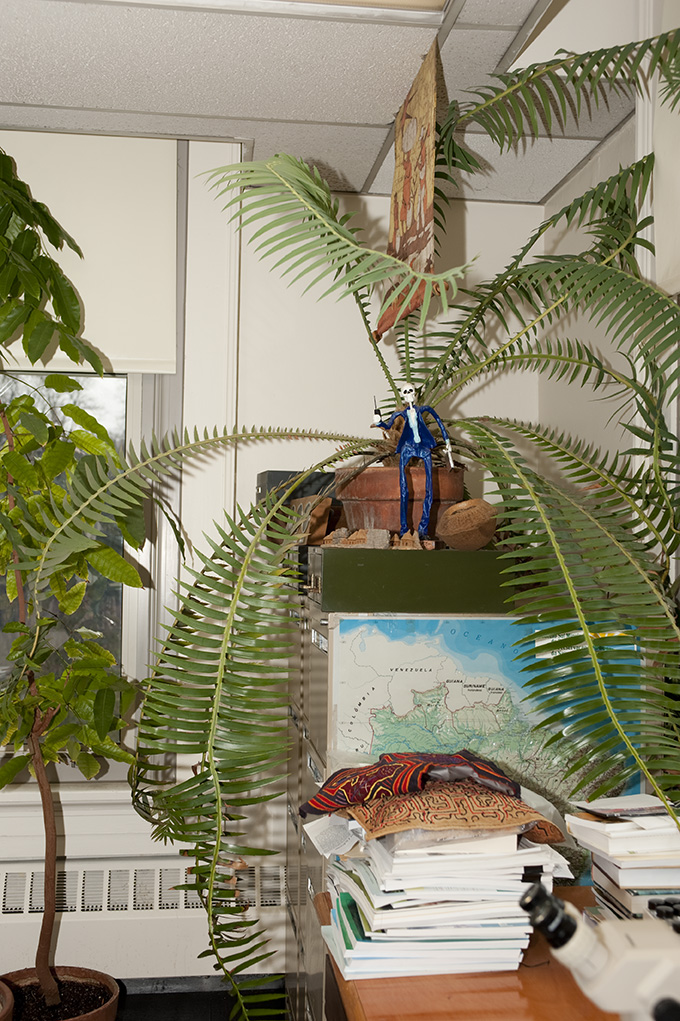
Any good stories about where the plants come from?
I have an oversize cycad native to Mexico called Dioon spinosa; somebody gave me a seed about 25 years ago and now it rules one corner of my inner office. A corner of the outer office is ruled by a Philodendron that was orphaned during the previous renovation of the Haupt Conservatory; they told me if I could find a way to lug it to my office I could have it. I have a Protium tree I grew from a seed someone brought me from Belize a long time ago; I have cut it back three times and it’s ten feet tall again. Finally, I have some really sad-looking, undersized, droopy San Pedro cactus plants I grew from seeds given to me way back by the late, great botanist Tim Plowman; I keep those for sentimental reasons.
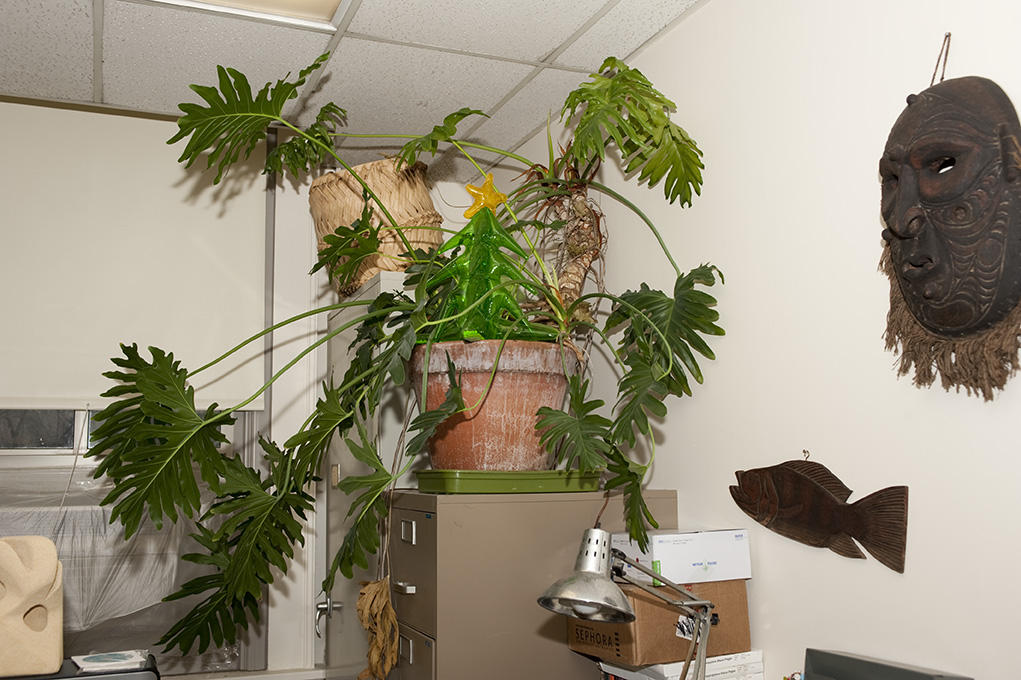
Learned any good windowsill gardening tips while working at the Garden?
Not too much crowding; give a couple of plants some elbow room to strut their stuff. And when you travel, ask Alejandra Vasco (a post-doc here) to look after your plants, because as soon as she touches mine, they all germinate and recover and grow and flower like crazy.
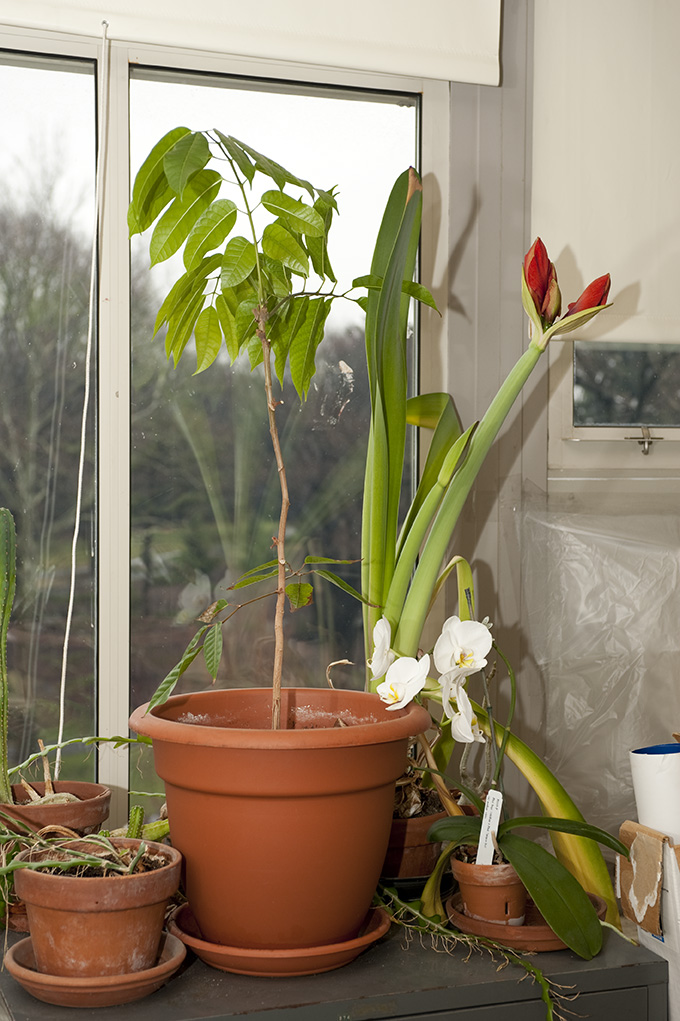
What’s your favorite thing about working at the Garden?
When you work on the identification and classification and conservation of plants, every day is a detective story, full of mysteries, puzzles, hypotheses, some dead ends, some discoveries. What is it? Why? Why does it grow there? How is it related to other species, and what characteristics distinguish them? Is it endangered? What are the most important places to do field work? How can you alert people to their importance? Botanists tend to live to a ripe old age because we can’t afford to die early; there’s too much to do!
Posted in Photography on April 5 2011, by Plant Talk
Isn’t it lovely to see green grass again?
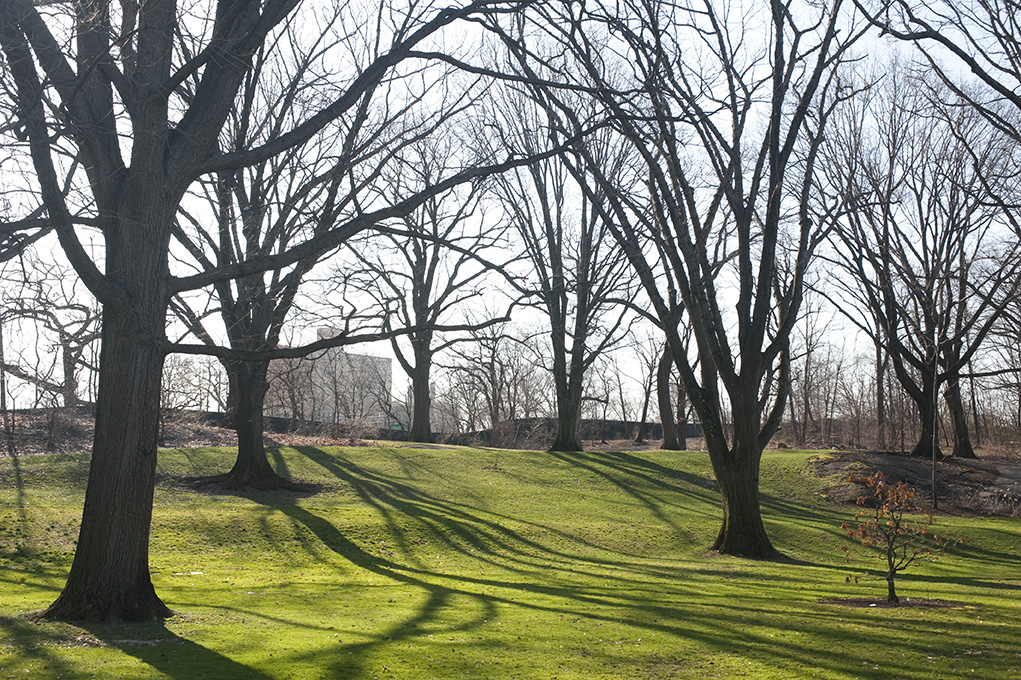
Photo by Ivo M. Vermeulen
Posted in Photography on April 4 2011, by Plant Talk
Hellebores (also known as the Christmas or Lenten rose) come in a range of colors and shapes, providing a much needed jolt of color in late winter and early spring.
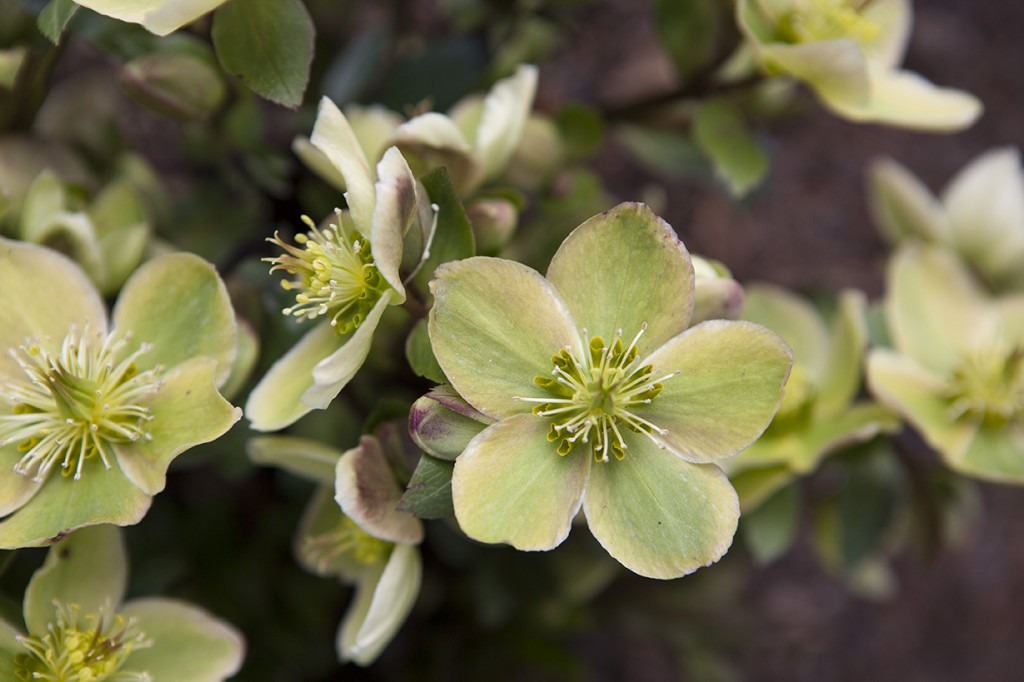
Helleborus x nigercors ‘Honeyhill Joy’ (photo by Mark Pfeffer)
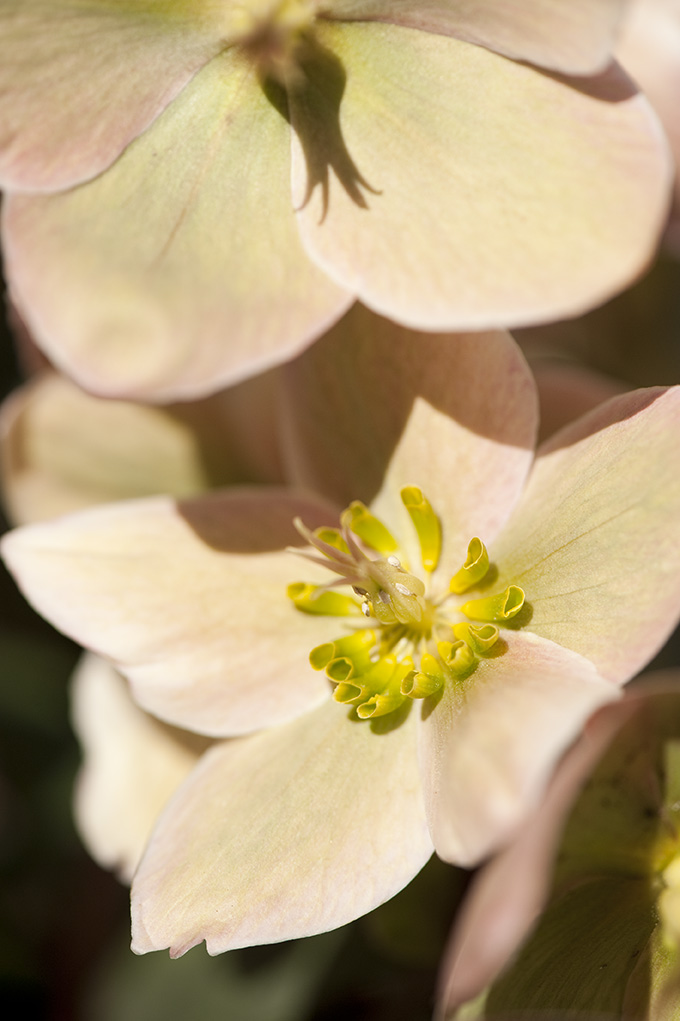
Helleborus ‘Ivory Prince’ (photo by Ivo M. Vermeulen
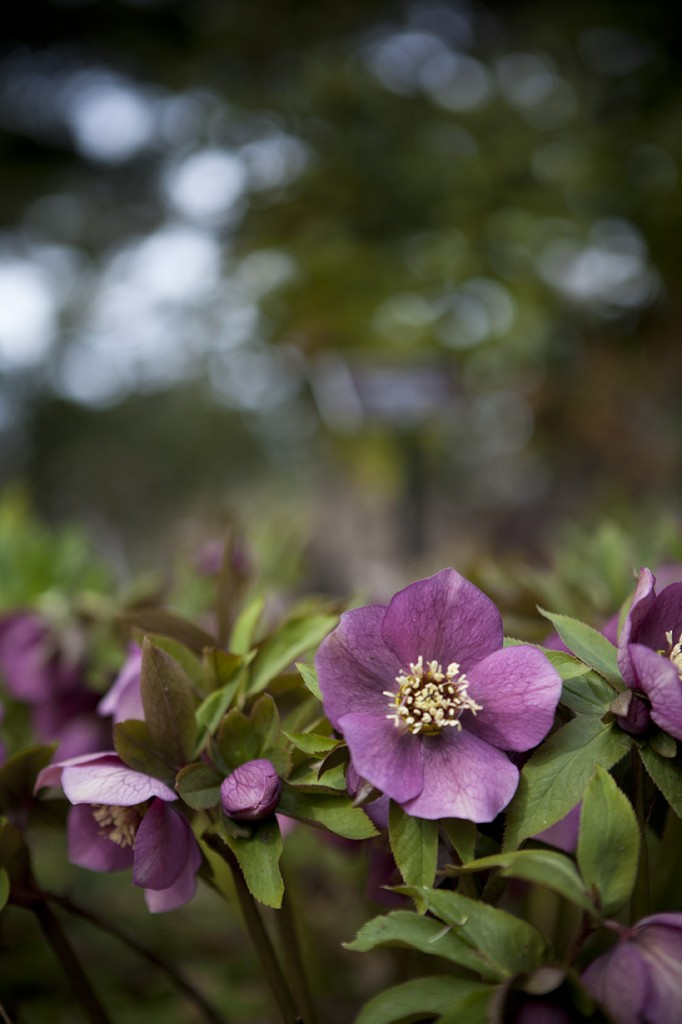
Helleborus x hybridus Royal Heritage Group (photo by Mark Pfeffer)
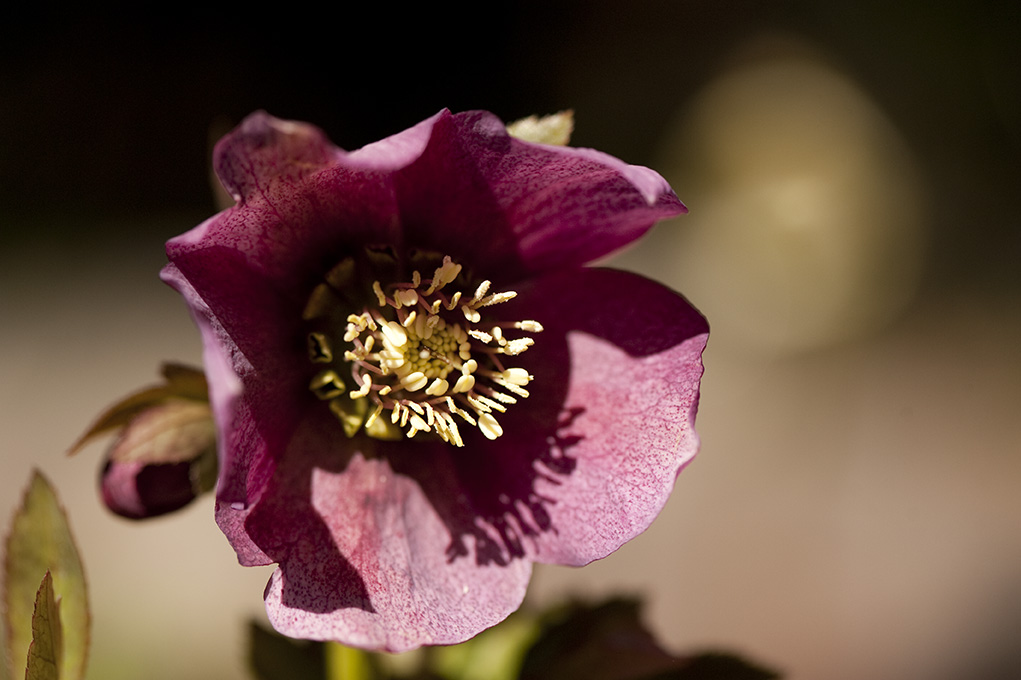
Helleborus x hybridus (photo by Ivo M. Vermeulen)
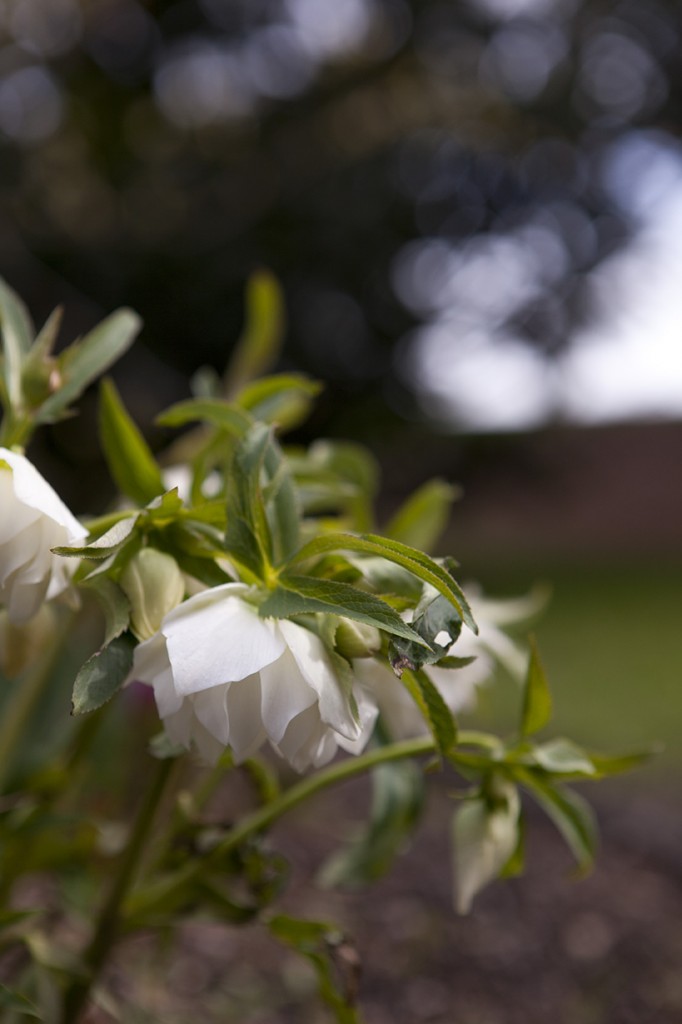
Helleborus x hybridus Regal Ruffles Group (photo by Mark Pfeffer)
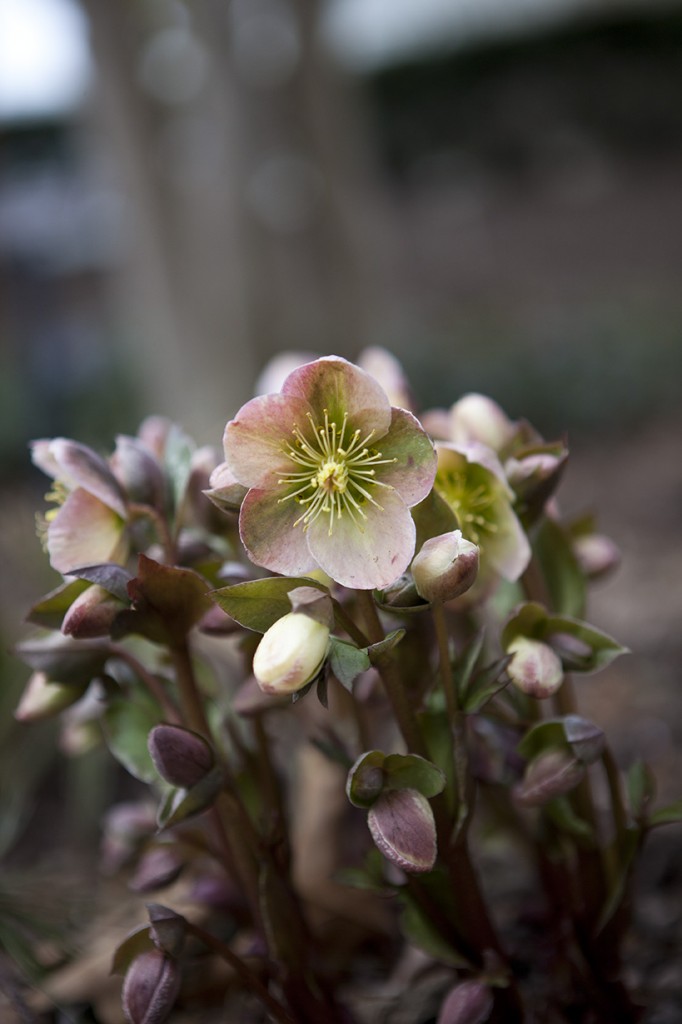
Helleborus x ericsmithii ‘HGC Silvermoon’ (photo by Mark Pfeffer)
Posted in Photography on April 3 2011, by Plant Talk
Tiny crocuses amid a frothy sea of Scilla on Wamsler Rock.
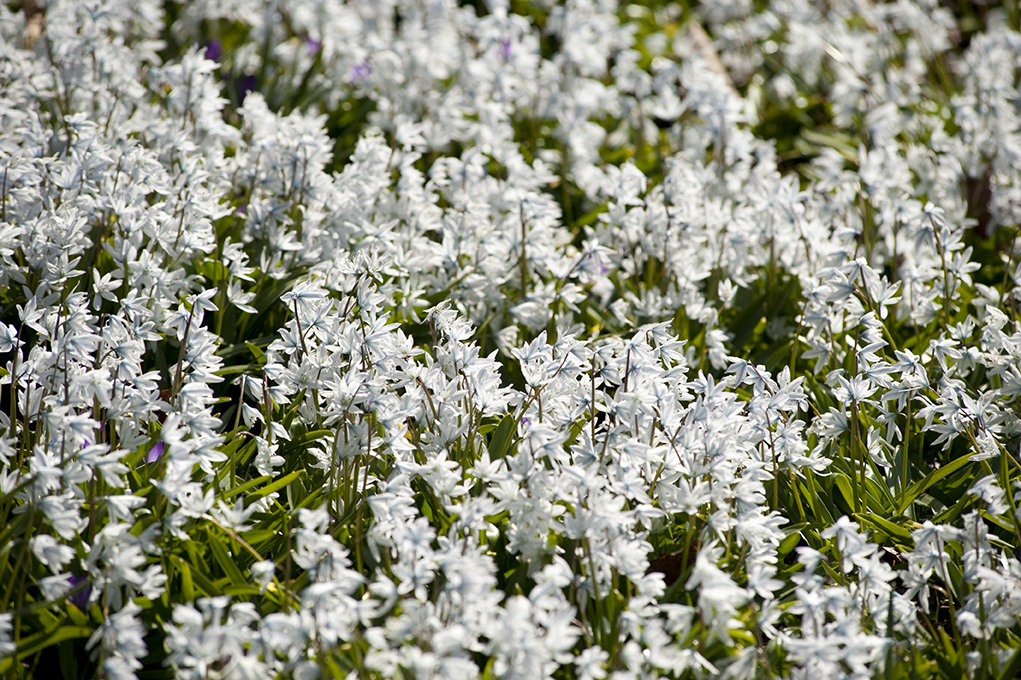
Scilla mischtschenkoana ‘Tubergeniana’
Posted in Photography on April 2 2011, by Plant Talk
A study in pastels.
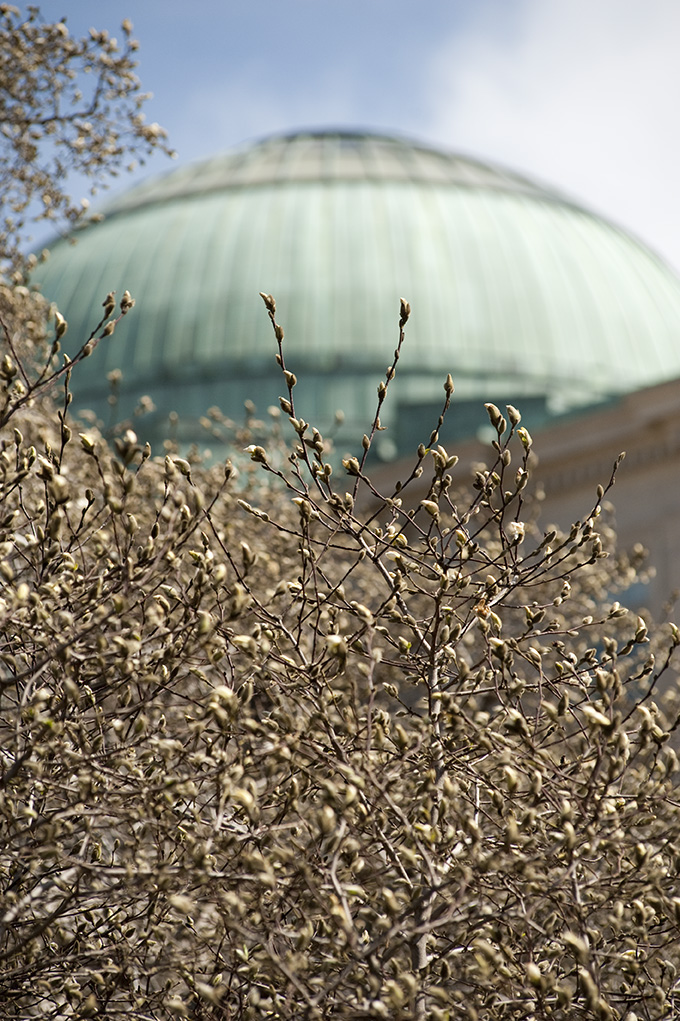
The Library Building (photo by Ivo M. Vermeulen)
Posted in Photography on April 1 2011, by Plant Talk
They said it couldn’t be done, but through the combined efforts of the Garden’s science and horticultural staffs, we here at Plant Talk are proud to announce that our colleagues have done the impossible: They have bred a true blue chrysanthemum!
Chrysanthemums have been bred for centuries into a rainbow of hues, sizes, and shapes, but not until this April 1 has the world ever seen a blue mum.
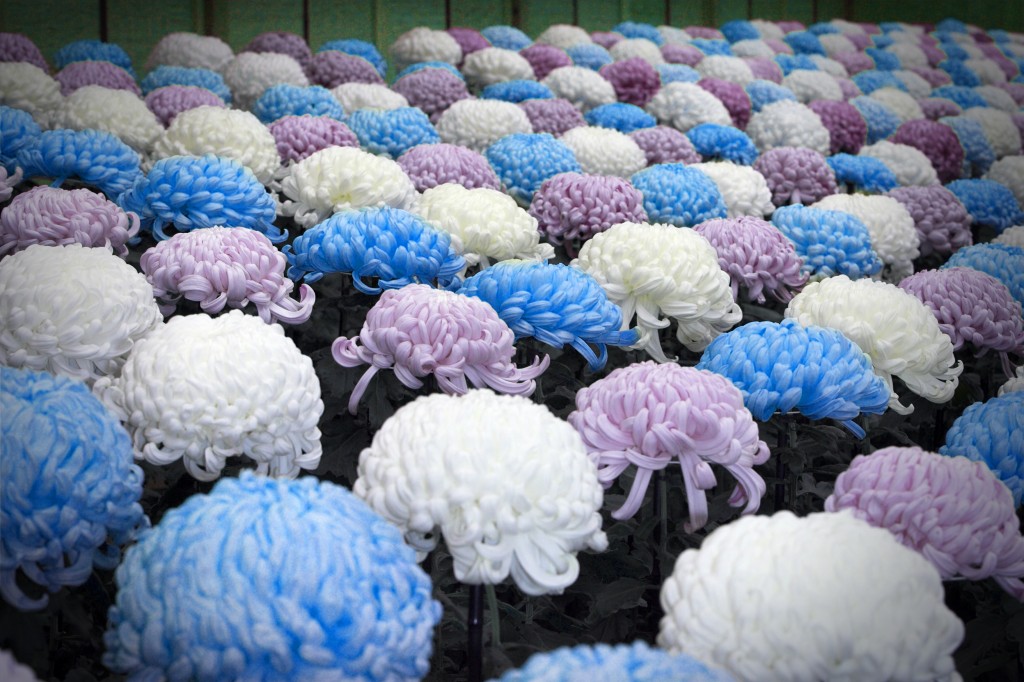
Photo by Mark Pfeffer
Head below the jump to learn more about this astounding new flower.
Posted in Photography on March 31 2011, by Plant Talk
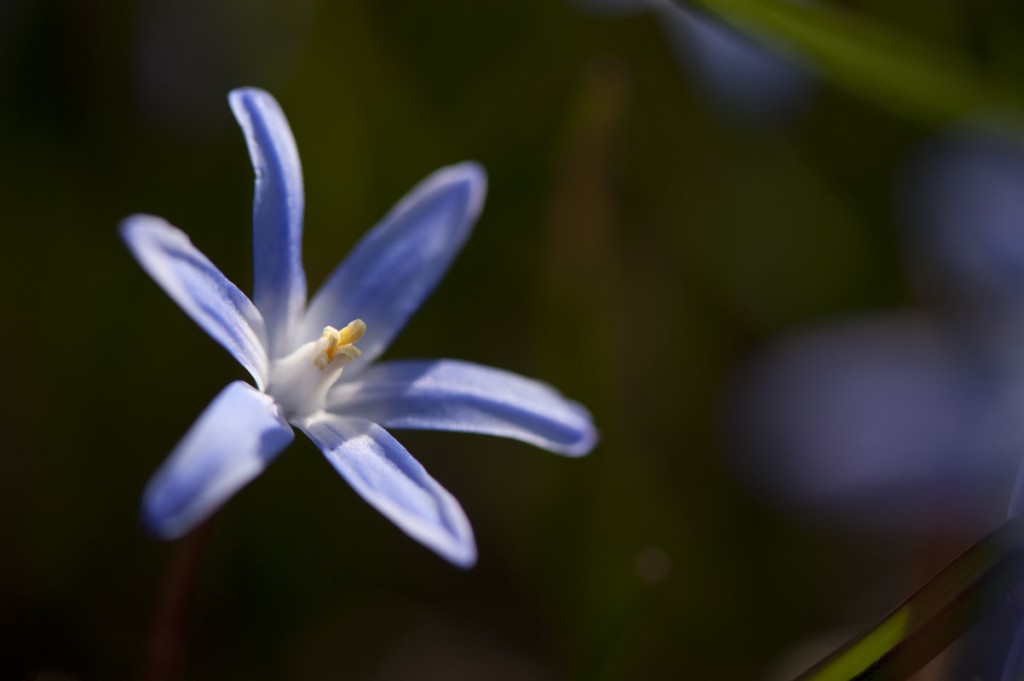
Chionodoxa forbesii (photo by Ivo M. Vermeulen)
Posted in From the Library on March 30 2011, by Plant Talk

Of course, we’re not referring to the potholes you might encounter this spring on the Mosholu Parkway or the Cross Bronx Expressway. We’re a botanical and horticultural research library after all, far more interested in natural history, so when we say potholes we mean glacial potholes.
This enormous one was photographed in 1913. Originally it would have been twelve feet deep, four to five feet in width, tapered at the bottom. And its earliest published description might have come from Nathaniel Lord Britton, first Director-in-Chief of The New York Botanical Garden, in the proceedings of the New York Academy of Sciences.
Dr. Britton told a meeting of the Academy, on June 5, 1882, that the above as well as other potholes were “brought to my notice by the late Professor A. Wood. They are located on the western bank of the Bronx River, about midway between Bronxdale and Williamsbridge…near the western end of a now dismantled and impassable bridge, with stone abutments, and in the northern part of a hemlock grove which fringes the stream for about a mile below. It is one of the most picturesque spots in the vicinity of New York City, and a walk along the little river from Bronxdale to Williamsbridge is always enjoyable.”
Housed in the archives of The LuEsther T. Mertz Library, this historical photo also accompanied “Pot-holes in The New York Botanical Garden”—an article by paleobotanist Charles Arthur Hollick, in the September 1913 issue of the Journal of the New York Botanical Garden, page 157.
“Pot-holes are bowl- or basin-like depressions in rock,” Hollick wrote, “caused by the abrasive action of gravel or cobble stones when churned around in the depressions by rapidly moving water. A pot-hole has its beginning in an irregularity or inequality in the rock bed of a stream, in which gravel or perhaps a single cobble stone or other rock fragment finds logdment. If the conditions are favorable, so that the foreign material is free to move and the current of the stream is sufficiently rapid to churn or swirl it around, the original inequality in the stream bed becomes deeper and more or less circular in shape, from the abrasive action of its contents, and a pot-hole is formed. A pot-hole, therefore, no matter where it may be located, is definite evidence that the rock in which it was excavated must have been, at some time, a part of the bed of a rapidly flowing stream.”
Posted in Photography on March 30 2011, by Plant Talk
March showers bring spring’s first blossoms: Viburnum x bodnantense ‘Dawn’.
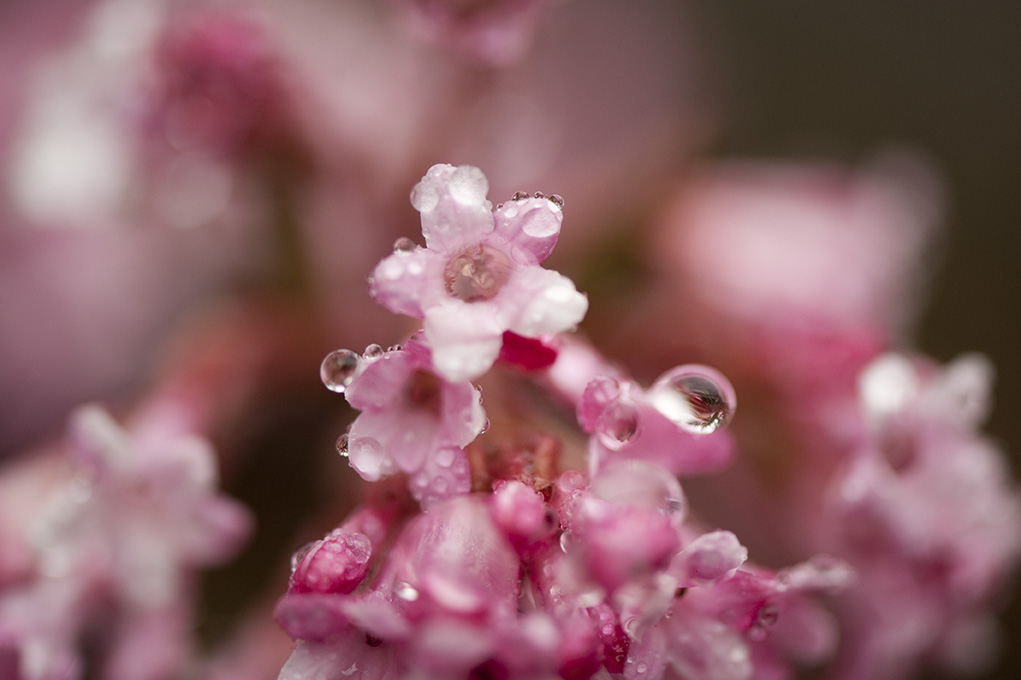
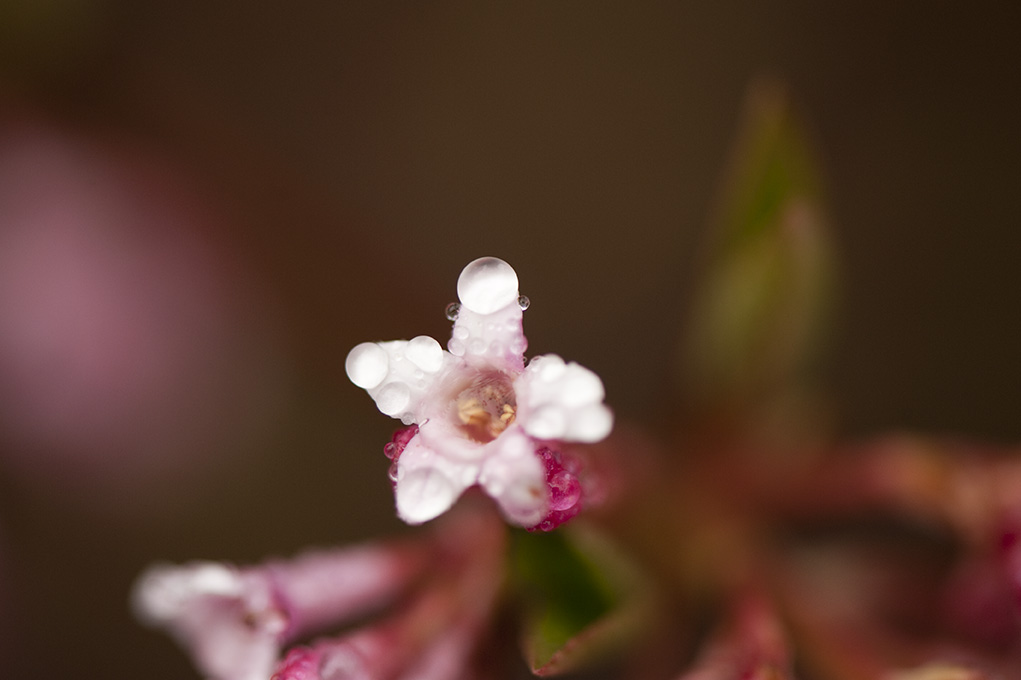
Photos by Ivo M. Vermeulen
Posted in Photography on March 29 2011, by Plant Talk
March showers bring spring’s first blossoms: Prunus x subhirtella ‘Autumnalis’.
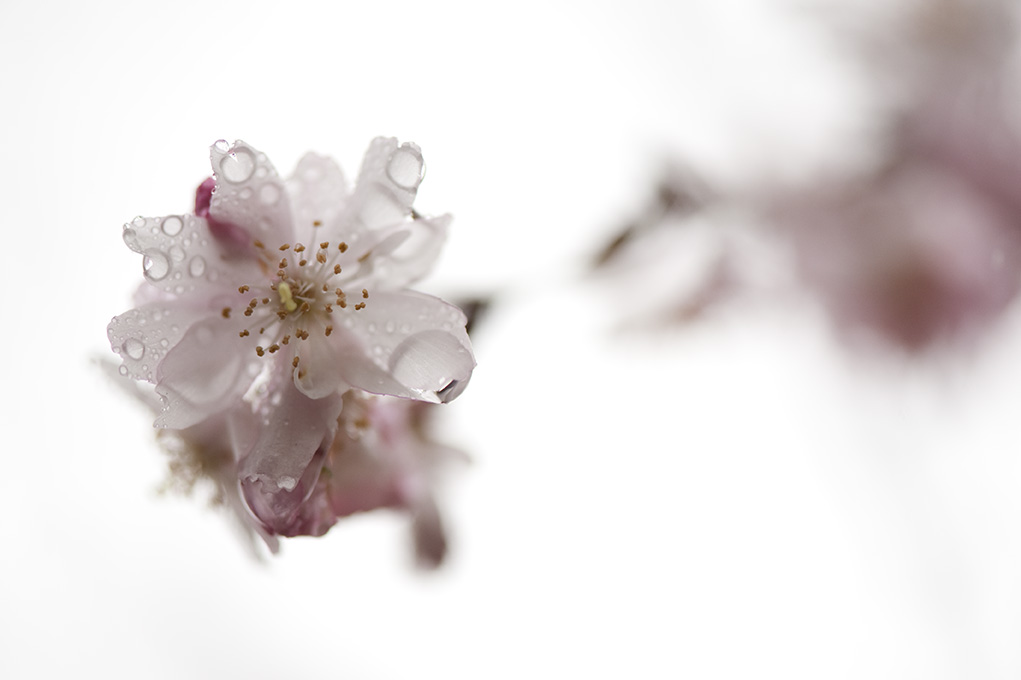
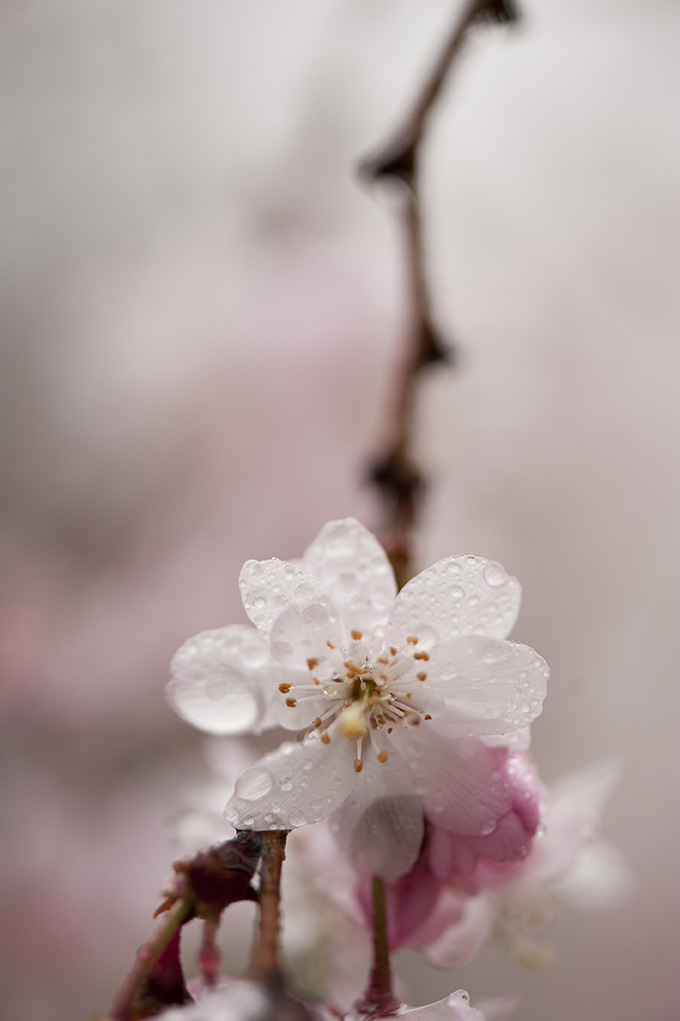
 On occasional Wednesdays, we’ll introduce you to some of the Garden’s many windowsill gardeners. We hope you enjoy this look at what our window gardeners grow.
On occasional Wednesdays, we’ll introduce you to some of the Garden’s many windowsill gardeners. We hope you enjoy this look at what our window gardeners grow.


















